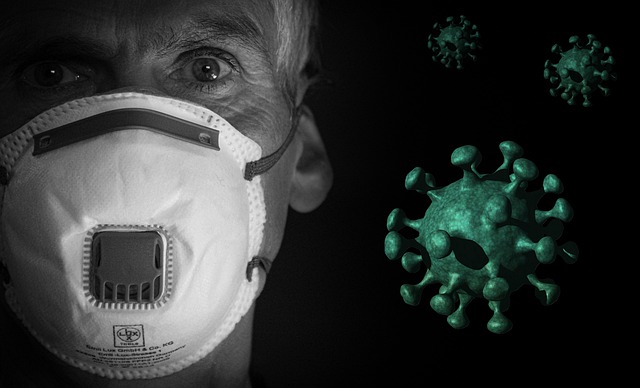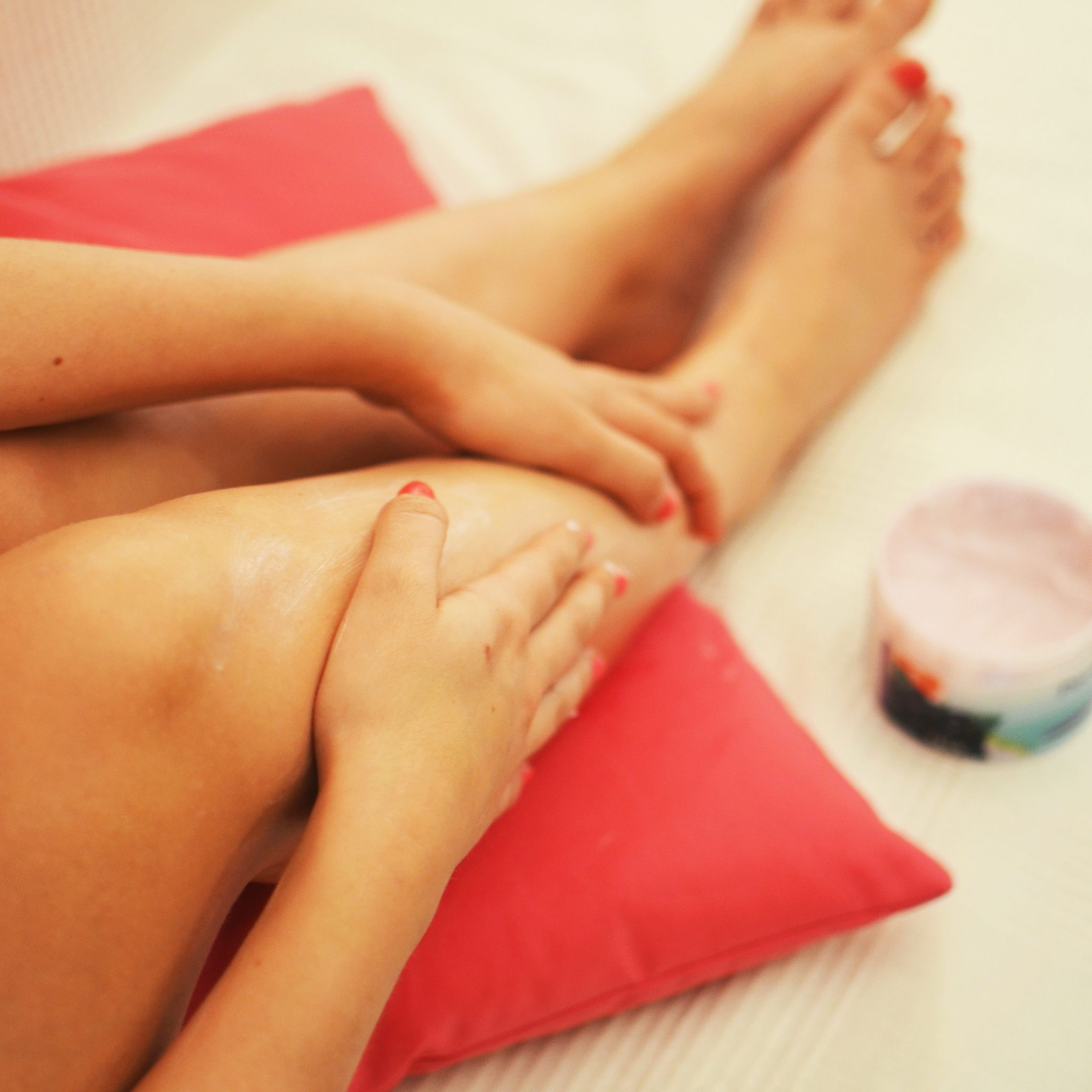Does Compression Therapy Work for Varicose Veins?
Varicose veins can be a debilitating condition to experience. Patients with varicose veins can suffer from mild discomfort to sometimes debilitating pain that can even make it very difficult for them to manage their routine efficiently.
What exactly are varicose veins?
The circulatory system in our body consists of two parallel channels. One is the arteries, which are the network that carries oxygenated blood from the heart to the various parts of the body, and the other is the veins. The veins are responsible for carrying back the deoxygenated blood back to the heart.
Now, these veins have tiny valve-like mechanisms that open and close to allow the blood to come and go. When these vein valves become faulty or damaged or even weakened with age, they do not allow all the blood to drain. The vein retains the blood which then starts pooling in the vein itself, often shows up on the skin as a bruised mark that is bluish red or deep purple.
The veins stretch and twist and begin jutting out almost like tunnels on the skin. The condition can be excruciating, but it is also a cosmetic concern for people who love to show their legs but are too conscious of revealing the varicose veins.
Here are the signs & symptoms
Varicose veins present itself in the form of
- Bulging veins
- Discolored; sometimes bluish sometimes reddish-purple veins;
- Swelling around the veins
- Severe pains
- Heavy feeling in the legs & feet
- Itching
- Nighttime leg cramps.
Treatment for varicose veins:
There are a lot of courses for the treatment of varicose veins; they are
- Surgeries
- Non-invasive surgeries and
- Pain management using compression therapy
Health professionals always recommend surgery and non-invasive procedures after having exhausted all other forms of therapies.
Compression therapy is said to be very helpful in alleviating pain that may result from varicose veins.
Why compression therapy?
- They help in reducing pain and
- They also help cosmetically by reducing reddish-blue coloration
Compression stockings have always been used to improve blood circulation. Historians had documented the earliest evidence of such stockings that Roman soldiers used leather straps on their legs to improve blood circulation when they undertook long marches.
Here is why compression therapy works wonders:
- They are very well designed
- They have a sophisticated weave pattern that allows the leg to breathe
- It provides consistent pressure on the legs prompting blood to flow back to the heart.
- These stockings are designed so that they exert a lot of pressure around the ankles, so that blood flow is promoted.
Is compression therapy effective?
Doctors today agree that even though compression stockings can alleviate varicose veins pain, it cannot eliminate it.
Tens of researches have been commissioned to find out if wearing compression stockings can help in pain associated with varicose veins. Subsequently, two years later, in 2017, doctors studying varicose veins in pregnant women concluded that wearing stockings of 22mm of mercury for 6 moths effectively controlled swelling of feet. The research subjects were also administered oral medicine called Pycnogenol, which added to the effectiveness of compression therapy.
The criterion for choosing the best compression stockings:
Compression stockings are sold according to
- Numbers
- Type
- The cause behind the patient’s varicose vein condition.
Therefore the three best types of compression stockings are:
- Support pantyhose exert the least pressure and are very effective in patients who are only beginning to have a painful condition.
- Off the counter compression stockings can be bought at pharmacies. They are much more supportive than pantyhose, and they also come in the form of socks.
- Prescription compression stockings exert the highest amount of pressure. Its fitted by a specialist doctor or paramedic to be effective for the condition of the patient but not very tight to affect blood circulation.
The stockings are knee-high usually and sometimes can even be thigh-high. Knee-high stockings are supposed to be more comfortable even when exercising. The thigh-high compression stockings can also be used to alleviate the pain and discomfort, but they are often prescribed by health officials and doctors to a patient who has recently had surgery.
The compression stockings are instrumental in preventing blood clots or micro-thrombi that are a phenomenon after major surgeries, for example, say a knee replacement.
The best time to keep the stockings on is throughout the day. Circulation problems surface when people sit up or stand for too long, and compression therapy works wonders in such cases.
Elevating their legs while sleeping is good advice, but doctors will eventually also asking them to wear the compression socks and stockings for a few hours in the night!
- The stockings work on the theory of compression and therefore, can be very tight.
- They are intentionally designed that way to exert adequate pressure on the legs and encourage better blood circulation.
- Very tight stockings are not a defect per se. They may feel challenging to wear and take off, but they will be very effective on the pain in the long run.
Here is how you can make use of compression therapy:
- Clean your legs with soap and water and wipe them dry before trying them on.
- If there is a lotion or a cream on them that has been prescribed, make sure that the skin has absorbed it thoroughly before putting them on.
Contact your doctor if you see:
- Freshly broken skin
- Rashes and hives on the legs
- Discomfort
- Dents and patches on the skin etc.
Dos and the don’ts of compression therapy:
- Do not wear compression stockings that are the wrong size or are damaged or torn.
- The stockings are not designed to be worn continuously for days together. They have to be removed every day and check the legs with a long-handled mirror. Any discrepancy will need immediate medical attention.
- Stockings have to be replaced every 6 months and immediately replaced if they are damaged or torn before that time.
- Never try a wet pair of stockings and always ensure that your legs are dry when you try them to keep away fungus and other microbes growing on your skin.
Bottom line:
Did you know that you could manage your pain if you exercised regularly? Age-appropriate exercises or good cardio can make sure that you keep the pain at bay and even lead to severe discomfort. You can learn more by having a short consultation with us. Book an appointment by merely clicking on this link.





